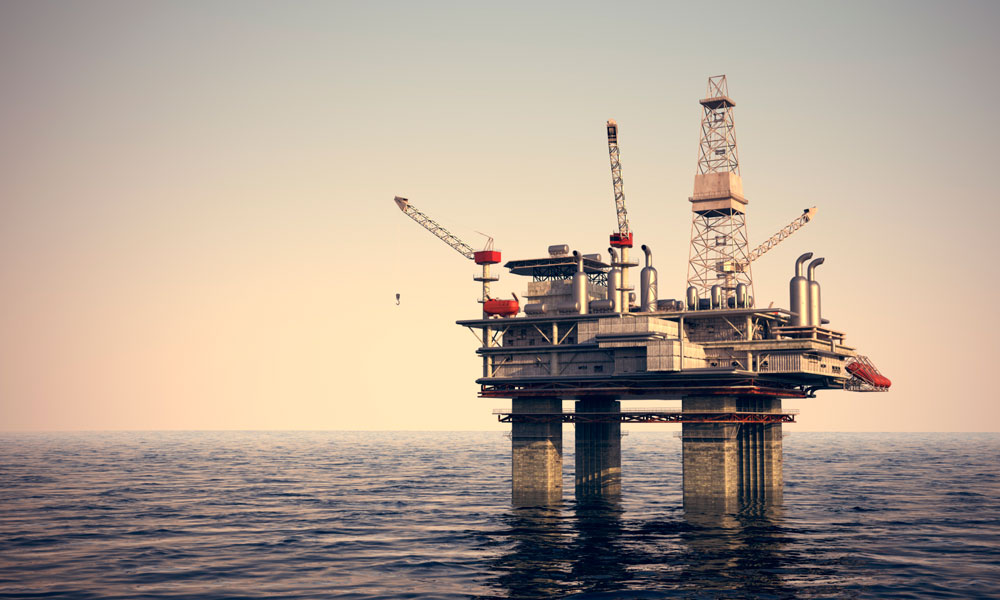
New Oil-Rig Rules Prompt Pushback From All Sides
Oil industry groups took to Twitter and old-school editorials to pipe up about the oil-rig guidelines, which add new requirements intended to avoid a repeat of the disastrous BP oil spill. But environmental groups aren't happy, either.
Last week the Department of the Interior announced new guidelines for offshore oil drilling six years after the BP Deepwater Horizon disaster—time enough to give associations and nonprofits of various persuasions something to be disappointed about.
The new rules, released last Thursday by the Interior Department, focus on strengthening blowout preventers, the devices at the center of the 2010 oil-rig explosion that sent millions of barrels of oil into the Gulf of Mexico off the Louisiana coast.
“The well-control rule is a vital part of our extensive reform agenda to strengthen, update, and modernize our offshore energy program using lessons from Deepwater Horizon,” Interior Secretary Sally Jewell said in a statement.
IPAA warned of “unintended negative consequences”; Oceana said the rules were “absolutely not sufficient.”
Trade associations representing the oil industry weren’t having it. But neither were environmental and good-government groups.
The “highly prescriptive rule could result in unintended negative consequences leading to reduced safety, less environmental protection, fewer American jobs, and decreased U.S. oil and natural gas production,” said Dan Naatz, a vice president at the Independent Petroleum Association of America, in a statement. To bolster its case, IPAA used the federal government’s own data against it, tweeting a link to Bureau of Labor Statistics data showing the relative safety of oil and gas drilling.
Learn how oil and natural gas production is safer than many other industries @BLS_gov https://t.co/EtEnuaVMRM pic.twitter.com/h7sIc07SGf
— IPAA American Energy (@IPAAaccess) April 14, 2016
Other associations related to the oil-production industry, including the National Ocean Industries Association and the American Petroleum Institute, also questioned the efficacy of the new rules. In a statement, API said the guidelines required closer scrutiny: “We must make sure that technical changes were made to aspects of the government’s initial proposal that could have made offshore operations less safe,” said API’s Erik Milito. NOIA made a similar point in its release but also worked to get its argument in front of the public, with its leadership delivering commentaries in The Hill and the New Orleans Times-Picayune.
Environmental groups, meanwhile, argued that the new rules were too little, too late. Jacqueline Savitz, vice president of Oceana, told the New York Times that the guidelines are an improvement but “absolutely not sufficient to protect our oceans.” The organization had good timing: The same day the Interior Department rules were released, Oceana released its own study on the long-term impact of the Deepwater Horizon disaster, with a call for stronger restrictions on offshore drilling.
Government watchdog Public Citizen, meanwhile, took the opportunity to critique the sluggishness of federal rulemaking. “The fact that it has taken six years to get this rule out is a stunning indictment of our regulatory process,” said Public Citizen’s Amit Narang in a statement.
(iStock/Thinkstock)






Comments